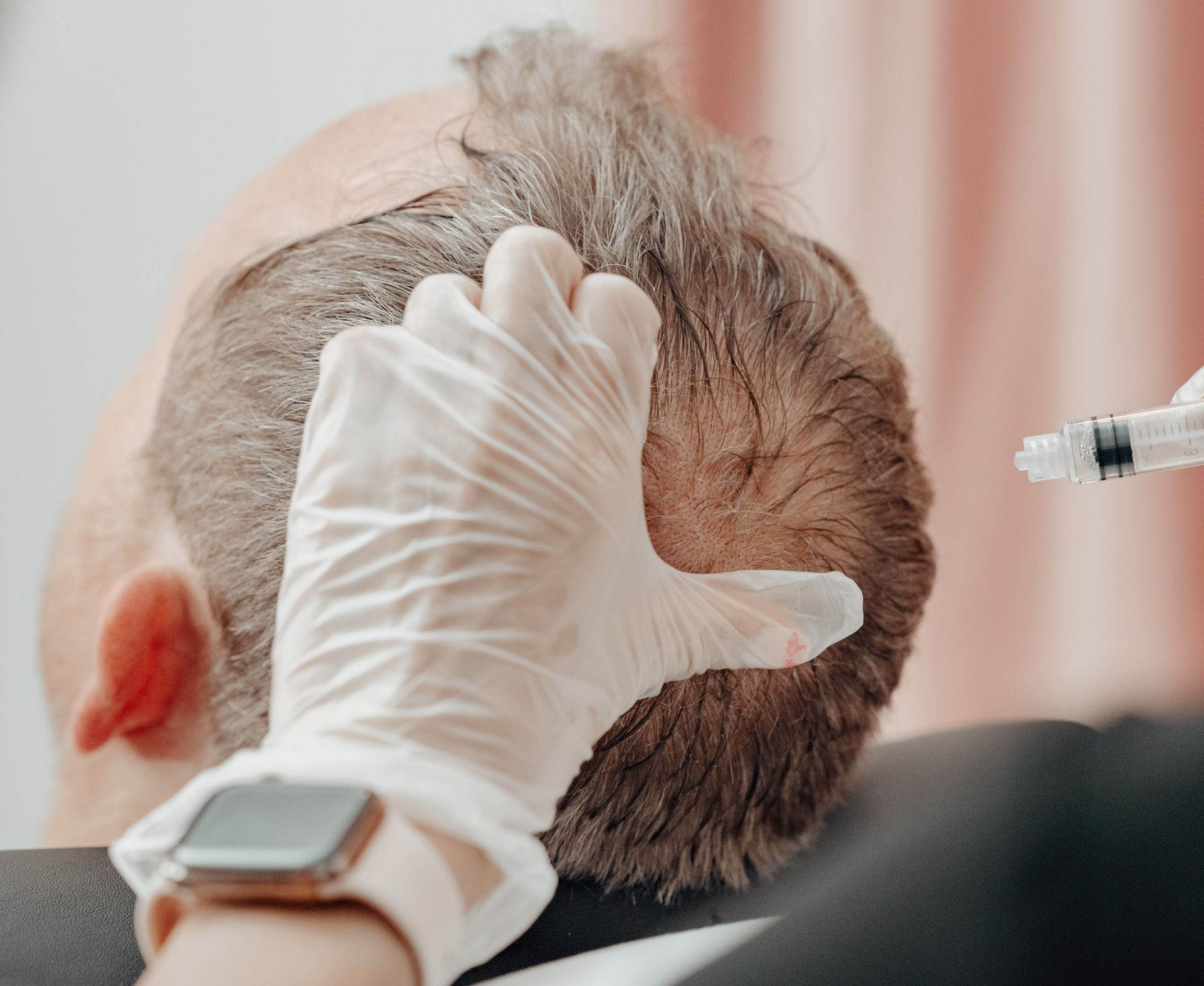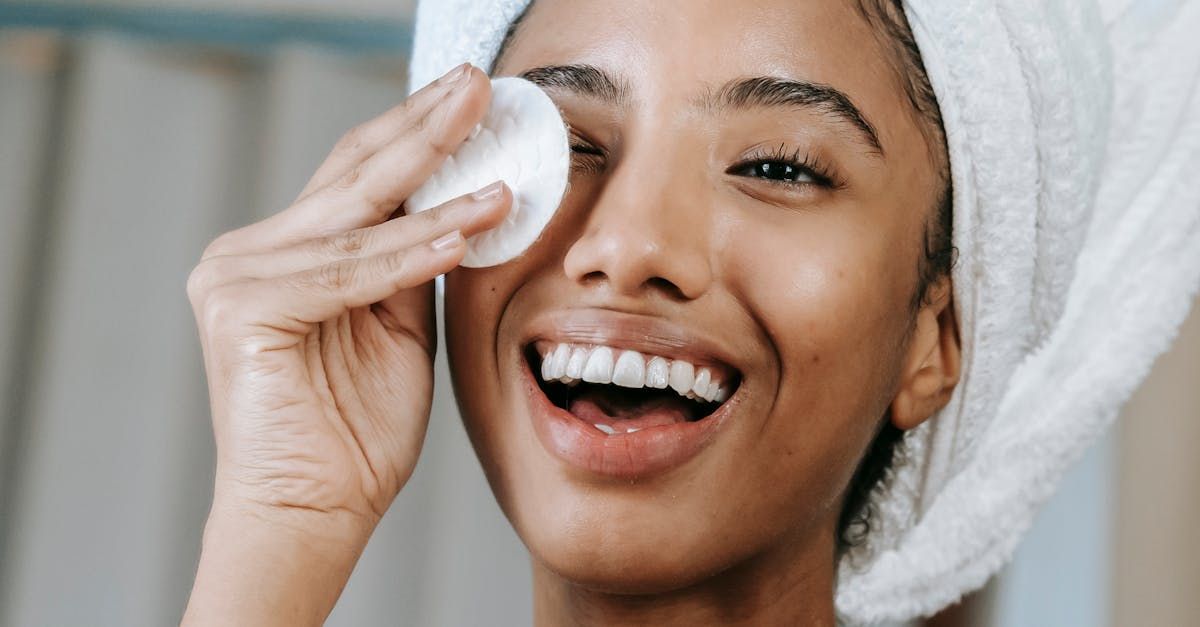Female Pattern Baldness
Female pattern baldness, also known as female androgenetic alopecia, is a prevalent disorder that causes hair loss in women. Male pattern baldness causes receding hairlines and bald spots, while female pattern causes diffuse crown and parting line thinning.
This disorder can impair women's physical and emotional wellbeing, making treatment for health and confidence crucial.
Hair has traditionally symbolized femininity and beauty for women. Hair that is thick and shiny is associated with youth and vitality. Thus, hair loss can be emotionally draining. It can lower women's self-esteem, and confidence.
Female Pattern Baldness
Female pattern baldness, also known as female androgenetic alopecia, is a prevalent disorder that causes hair loss in women. Male pattern baldness causes receding hairlines and bald spots, while female pattern causes diffuse crown and parting line thinning.
This disorder can impair women's physical and emotional wellbeing, making treatment for health and confidence crucial.
Hair has traditionally symbolized femininity and beauty for women. Hair that is thick and shiny is associated with youth and vitality. Thus, hair loss can be emotionally draining. It can lower women's self-esteem, and confidence.
Schedule an Appointment!
Identifying the Signs and Symptoms
As women age, it's essential to be attuned to the subtle shifts in our hair health. Check for these symptoms:
- Thinning Hair: One of the early signs of female pattern baldness is the gradual thinning of hair, particularly on the top of the head. You may notice decreasing hair density over time.
- Widening Part: If your hair part widens or your scalp becomes more exposed, you might have female pattern baldness.
- Receding Hairline: Some women may experience a receding hairline, with the hairline moving backward over time, which is another sign of this condition.
- Miniaturized Hair: In female pattern baldness, the affected hair follicles may produce finer, shorter, and less pigmented hair. This is called miniaturization and can cause hair loss.
- Excessive Hair Shedding: Increased shedding of hair while shampooing or brushing can be a symptom of female pattern baldness. You must distinguish between normal shedding and severe hair loss.
- Reduced Hair Volume: Over time, you may notice a reduction in your hair's overall volume and thickness, making it appear less robust and vibrant.
- Psychological Impact: This condition can take an emotional toll, causing feelings of self-consciousness, low self-esteem, and distress. Support and treatment are essential for these emotions.

Stages of Female Pattern Baldness
Female pattern baldness typically progresses through several stages, gradually leading to noticeable hair thinning or loss. Explore these steps more thoroughly.
Stage 1: Normal
At the onset, a woman's hair appears normal and healthy. No hairline thinning or receding is observed. In the beginning, everything seems normal.
Stage 2: Minimal Thinning
In this stage, a slight thinning of hair becomes noticeable around the crown of the head. It may be more apparent when hair is pulled back or in a ponytail. To an observer, it's still not a glaring issue.
Stage 3: Widening Part Line
As the condition progresses, the part line of the hair begins to widen. The scalp might be more visible behind the bangs or along the crown. Despite this, it's often still quite manageable with certain hairstyles.
Stage 4: Increased Thinning
At this point, thinning becomes apparent. Even with hair down, the scalp is obvious. Styles that, once concealed, may no longer be as effective.
Stage 5: Advanced Thinning
In this stage, the hair thinning becomes quite pronounced. The parting is significantly wider, and the scalp is easily visible. Hair volume is significantly reduced, making it harder to conceal the thinning areas.
Stage 6: Severe Thinning
At this advanced stage, the hair has thinned considerably, exposing large areas of the scalp. There may be only sparse coverage, making it challenging to style hair in a way that conceals the thinning.
Stage 7: Extensive Thinning
This final stage represents the most severe form of female pattern baldness. There is a marked decrease in hair coverage, with the scalp prominently visible. At this point, only a limited amount of hair may remain.
Frequently Asked Questions For Female Hair Loss
Diagnosis and Evaluation
Knowing the symptoms of female pattern baldness is the first step to restoring confidence and beautiful hair. This section covers the basics of identifying and assessing female pattern baldness.
- Medical History Discussion: During your appointment, your healthcare provider will ask about your medical history. Share any relevant details such as family hair loss history or medications.
- Physical Examination: Your healthcare provider will physically examine your scalp and hair. They will closely inspect your hair follicles, looking for signs of thinning or miniaturization.
- Pull Test: One standard diagnostic test is the "pull test." The doctor gently tugs your hair in this test to see how easily it comes out. Excessive hair loss during this test may indicate female pattern baldness.
- Scalp Biopsy: In some cases, a scalp biopsy may be recommended. This involves taking a small sample of your scalp tissue for a closer examination under a microscope. It helps confirm the diagnosis and rule out other conditions.
- Blood Tests: Blood testing may be done to diagnose thyroid issues or hormonal imbalances that may cause hair loss.
- Phototrichogram: This measures hair density and growth patterns using specialized equipment. It reveals hair loss severity.
Treatment Options
Addressing female pattern baldness requires a proactive approach to restore healthy hair growth. Here are effective hair restoration treatment options tailored to women experiencing this common issue:
Lifestyle and Dietary Changes
Lifestyle and dietary changes can help female pattern baldness. These changes can nourish and grow your hair, addressing this frequent issue holistically.
- Balanced Diet: To combat female pattern baldness, start by nourishing your body with a balanced diet rich in essential nutrients. Include lean proteins, fruits, vegetables, and whole grains. These provide vitamins and minerals that promote hair health and growth.
- Nutritional Supplements: Supplements can complement your diet and provide the extra nutrients your hair needs. Biotin, iron, zinc, and vitamins A, C, and D are available as supplements. These can strengthen and prevent hair loss.
- Hydration: Proper hydration is crucial for healthy hair. Drink adequate water daily to keep your scalp and hair follicles hydrated. Hydration supports overall hair health and can help prevent hair loss.
- Exercise: Regular exercise boosts your overall health and improves blood circulation, including to your scalp. This enhanced blood flow can help nourish hair follicles, promoting healthy growth.
Topical Treatments
There are hair loss treatment designed to promote hair growth and boost confidence in women facing this common issue. Explore some potential topical treatments for fuller, healthier hair.
Procedures and Therapies
Addressing female pattern baldness requires a proactive approach to restore confidence and promote hair regrowth. Here are some effective hair regrowth for women that can help combat this common concern among women.
- Keralase: an innovative hair loss solution that harnesses the cutting-edge LaseMD Ultra Laser technology in conjunction with the potent Kerafactor serum. This revolutionary approach is specifically crafted to revitalize hair growth in both men and women experiencing adult pattern thinning and hair loss stemming from hormonal imbalances, environmental stressors, or physiological factors.
- Platelet-rich plasma (PRP) Therapy: This therapy is gaining popularity among women with pattern baldness. A small amount of blood is processed to concentrate the platelets, and the platelet-rich plasma is injected into your scalp. This stimulates hair follicles and encourages new hair growth.
- Scalp Micropigmentation (SMP): A non-surgical procedure where pigments are tattooed onto the scalp to create the appearance of a fuller head of hair. For quick and effective thinning hair concealment, it's ideal.
Consultation and Professional Guidance
Understanding hair loss causes and choosing the best therapy requires professional help. A medical professional can diagnose hair loss, review your medical history, and recommend the correct process for you. They can also rule out medical causes of hair loss to provide thorough care.
Ask about hair loss causes, treatments, outcomes, and adverse effects during the appointment. Understanding these factors will help you choose the best hair health and female pattern baldness treatment.
Frequently Asked Questions
Can Hair Grow Back From Female Pattern Baldness?
Hair regrowth from female pattern baldness is challenging but possible. Treatment options like minoxidil, low-level laser therapy, and Scalp Micropigmentation may promote hair regrowth to some extent.
When Does Female Pattern Baldness Start?
Most women start female pattern baldness after menopause, but others start earlier in their 40s or 50s.
What Vitamin Deficiency Causes Hair Loss?
Vitamin deficiencies, especially D, B12, and iron, can cause hair loss. These nutrients in a balanced diet or supplements may minimize hair loss.
Which Vitamin Is Good for Hair?
Biotin (vitamin B7) is often recommended for promoting hair health. It's needed for hair development and can be found in foods or supplements, but results vary.

LOCATION & HOURS:
Inside Signature Salon Studios
7000 East Shea Boulevard Unit 1610
Scottsdale, Arizona 85254
By APPOINTMENT ONLY (Subject to change)
Monday -Friday 10:00AM - 6:00PM
Saturday - Sunday 11:00AM - 5:00PM
(Text/Call) +1 480-269-5328

